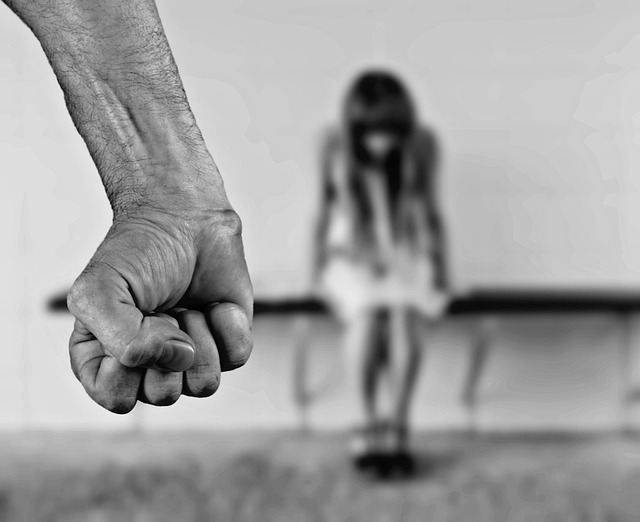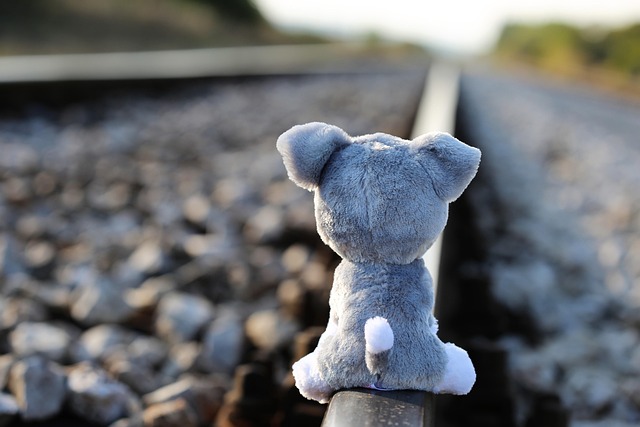Shelterswood Academy, despite its academic prowess and diverse student body, hides a dark history of Shelterwood Academy Abuse. As the school grew from a small institution to a bustling hub over two decades, allegations of physical and emotional abuse in residential halls emerged, casting a shadow on its reputation. A thorough investigation, including historical incident reviews, victim testimonies, and institutional records, is needed to uncover patterns and systemic failures. The goal is not only to expose the truth but also to implement reforms to prevent future abuses, holding the academy accountable for its actions and promoting transparency in education.
In recent years, the dark underbelly of Shelterwood Academy has come to light, sparking a crucial conversation about accountability. This exclusive institution, with its rich historical context, has faced numerous allegations of abuse, from physical to emotional mistreatment. Our article delves deep into these incidents, examining the culture and practices that may have enabled such behavior. We explore the legal, ethical, and social implications of holding Shelterwood Academy accountable, urging transparency and justice for all victims.
- Understanding Shelterwood Academy and Its Historical Context
- Uncovering Allegations of Abuse: A Deep Dive into the Incidents
- Holding Shelterwood Academy Accountable: Legal, Ethical, and Social Implications
Understanding Shelterwood Academy and Its Historical Context

Shelterwood Academy, nestled in a vibrant community, has long been known as an educational institution with a rich history. Founded over two decades ago, the academy started as a small, intimate school with a vision to provide quality education and foster personal growth among its students. Over time, it expanded, becoming a bustling hub of learning and extracurricular activities, catering to students from diverse backgrounds. However, beneath this surface of success lies a dark historical context that cannot be ignored: Shelterwood Academy Abuse.
The academy’s reputation has been marred by allegations of physical and emotional abuse, particularly within its residential halls. These claims, if proven true, highlight a stark contrast between the institution’s public image as a nurturing learning environment and its alleged private practices. The historical context is crucial here; as Shelterwood Academy grew, so did the potential for power dynamics to become imbalanced, leading to situations where students might have felt unable to speak out or seek help. Understanding these historical nuances is essential when holding the academy accountable for any instances of abuse that may have occurred.
Uncovering Allegations of Abuse: A Deep Dive into the Incidents

The issue of abuse at Shelterwood Academy has come to light, shedding a stark spotlight on the need for accountability and transparency. Uncovering allegations of abuse involves a meticulous process of sifting through past incidents, gathering testimonies from affected individuals, and reviewing institutional records. This deep dive into the occurrences reveals a pattern of concerns that have been repeatedly overlooked or addressed inadequately.
Investigations should delve into specific instances of reported mistreatment, examining both the immediate circumstances and the broader systemic failures. By examining the responses—or lack thereof—from Shelterwood Academy’s administration, one can assess whether there was a concerted effort to protect students and ensure their well-being. The goal is not only to expose the truth but also to facilitate meaningful reforms that prevent such abuses from recurring in the future.
Holding Shelterwood Academy Accountable: Legal, Ethical, and Social Implications

Holding Shelterwood Academy accountable for abuse is a complex issue with profound legal, ethical, and social implications. The first step involves thorough investigation and documentation of alleged incidents, ensuring that every claim is meticulously examined. This process requires collaboration between survivors, legal professionals, and relevant authorities to gather evidence and protect the rights of all parties involved.
Ethically, institutions like Shelterwood Academy have a duty of care towards their students. Failure to prevent or address abuse can lead to severe psychological trauma and long-lasting effects on victims. Socially, holding the academy accountable can serve as a deterrent for other institutions and contribute to a culture of transparency and accountability in educational settings. This, in turn, fosters a safer environment for all learners.
In light of the serious allegations and historical context surrounding Shelterwood Academy and its abuse incidents, it is imperative that justice be served. Holding Shelterwood Academy accountable for past wrongdoings not only ensures legal and ethical responsibility but also fosters a culture of transparency and accountability in educational institutions. The social implications of addressing these issues are profound, potentially revolutionizing how we approach youth care and education to prevent similar tragedies from occurring again. By learning from this challenging chapter, we can work towards creating safer, more supportive environments for all young people.
